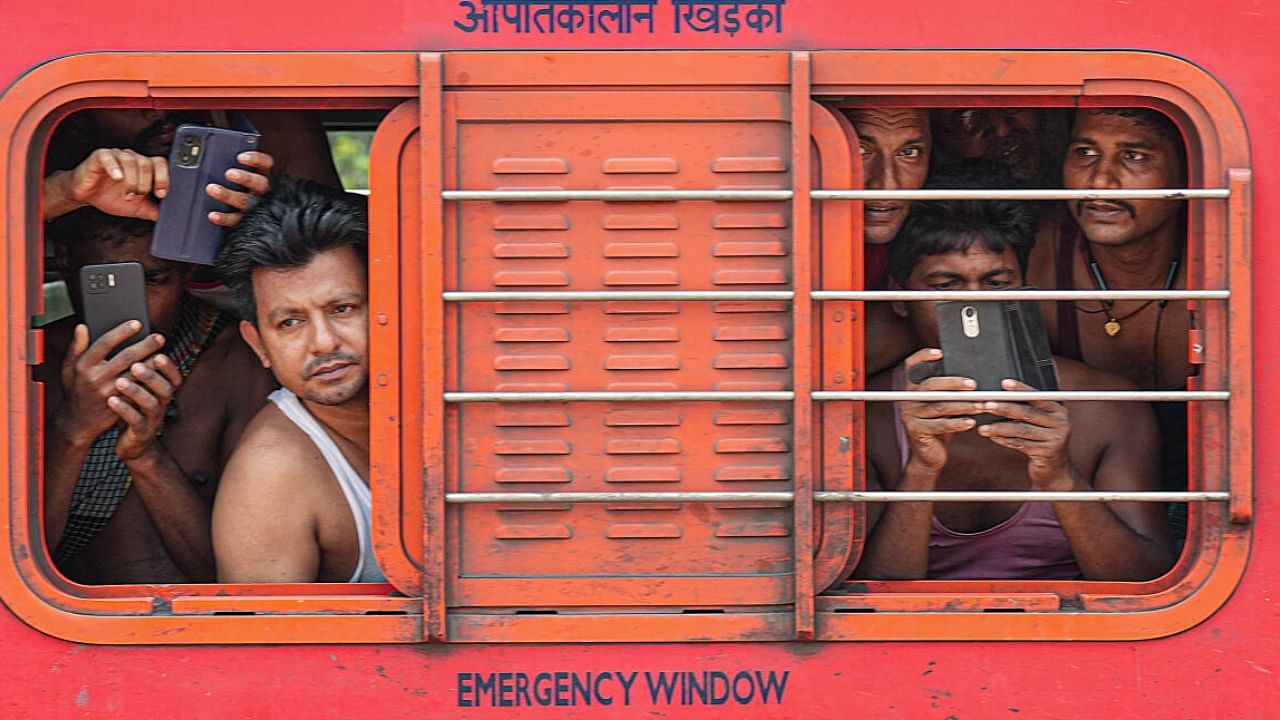
The Odisha train accident is among the worst railway mishaps that took place in the country in terms of the scale. The tragedy claimed over 270 lives and left over 1,200 injured, triggering widespread discussions regarding safety in railways. Railway Minister Ashwini Vaishnaw, who came under heavy criticism sought a Central Bureau of Investigation (CBI) probe into the accident, which was panned by the Opposition Congress as just 'headlines management'.
National Crime Records Bureau (NCRB) data shows that a total of 2.6 lakh people died due to train accidents in the past 10 years. However, the most number of deaths have occurred due to people either falling off trains or getting run over by them and not due to derailments or other railway related accidents.
A closer look at the data from 2017 to 2021 (available on the NCRB website) says over 70 per cent of deaths took place due to railway accidents. This includes falling off trains or getting run over by trains. The NCRB has classified the aforementioned accident deaths under headers— derailments, collisions, explosions/fires, people falling from trains or trains colliding with people on tracks and ‘other causes’.
In order to compare and understand the reason of deaths, let's segregate the deaths under two broader categories- accidents due to falling off from trains or collision with trains on tracks and the other category which marks deaths due to other reasons (derailments or fire accidents, indicated by the yellow bar).
A total of 24,619 deaths took place in 2019, out of which 18,339 lost their lives due to falling from train/getting hit by trains. 6280 deaths were caused due to other factors.
Similarly, between 2017 and 2021, the most number of deaths happened due to falling from trains/colliding with them. The numbers came down in 2020 with 11,968 deaths out of which 8400 were caused due to falling from trains.
While safety for railway passengers is of utmost importance, the primary reasons for deaths seems to be individual lapses in safety measures.